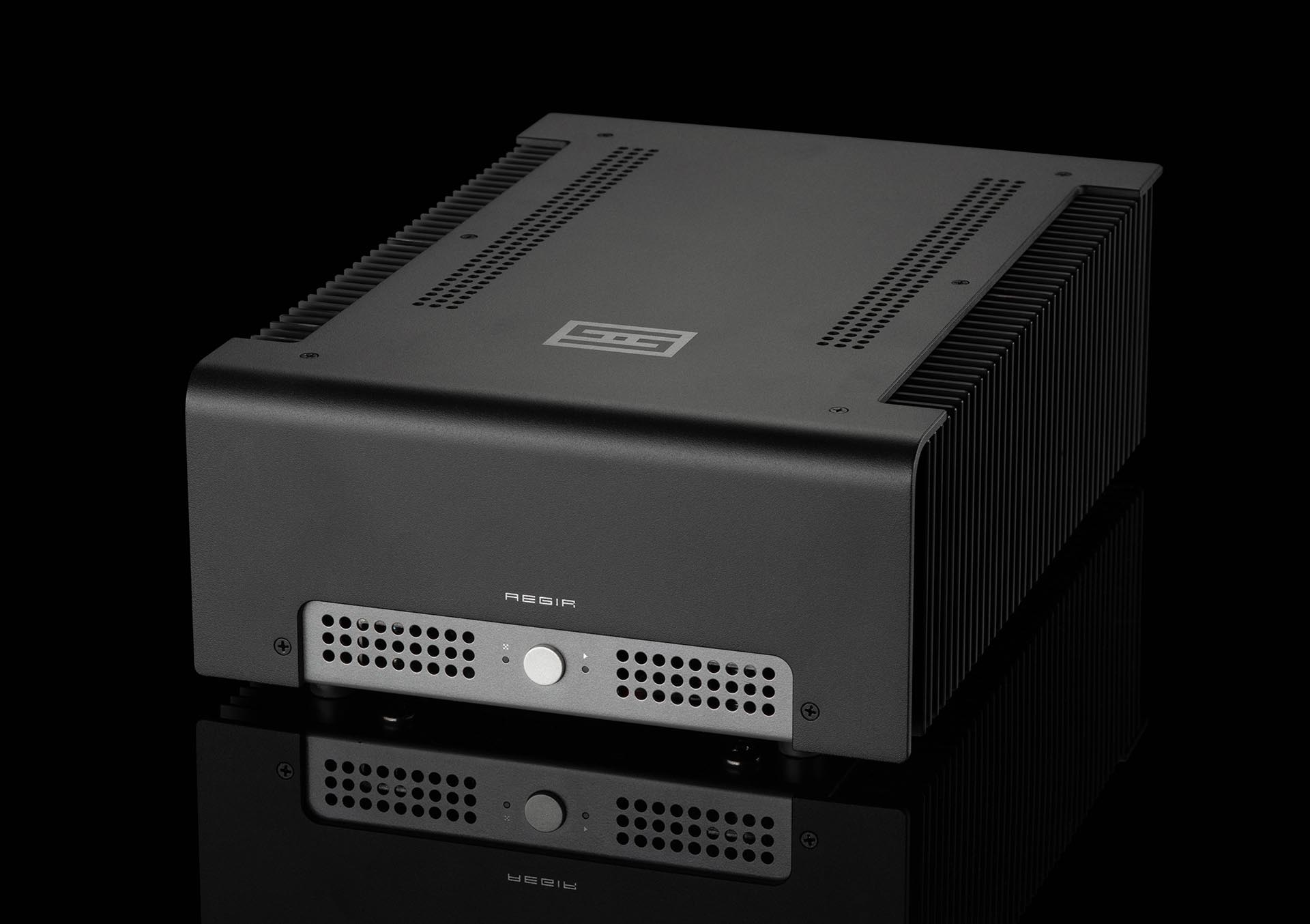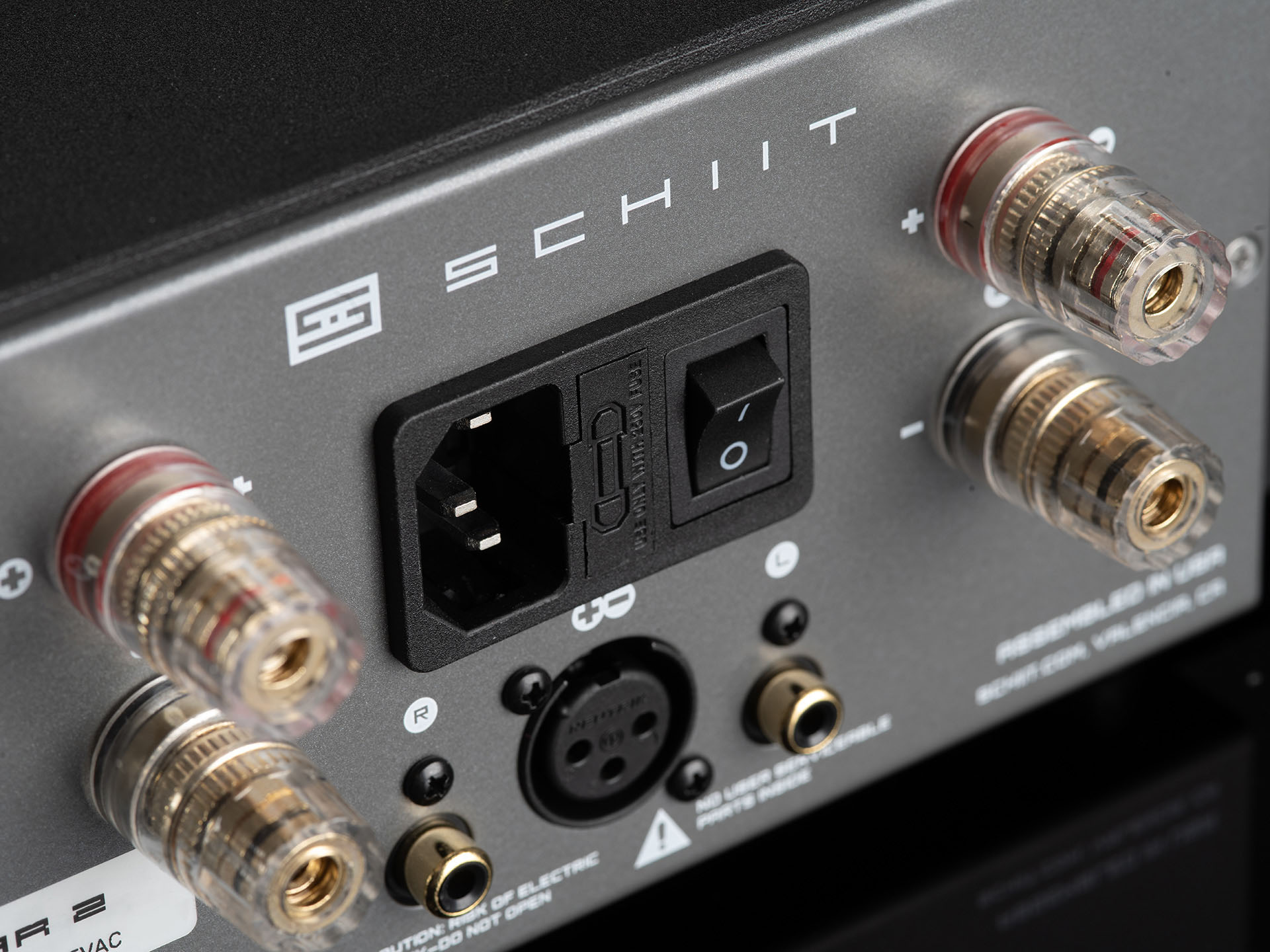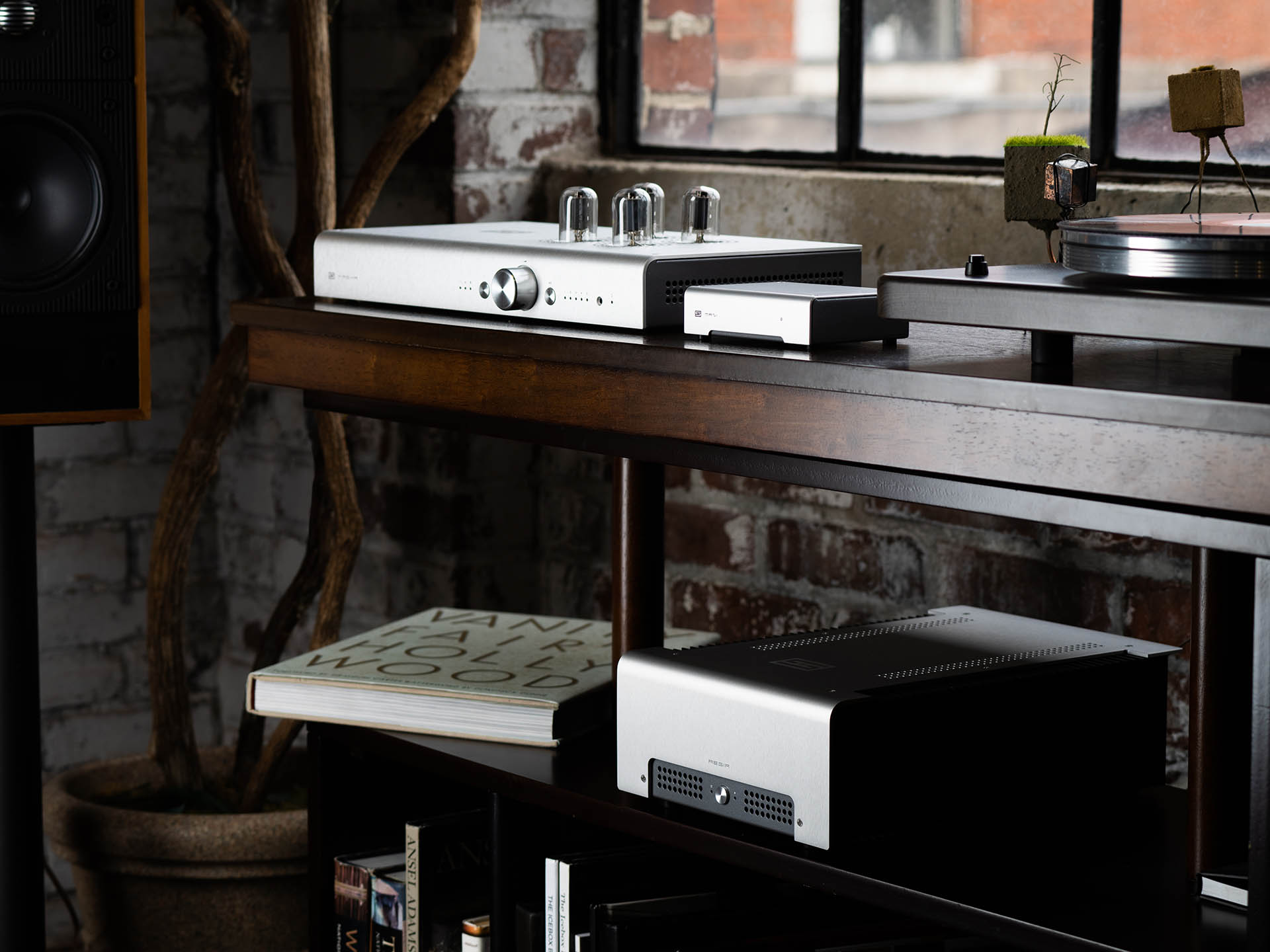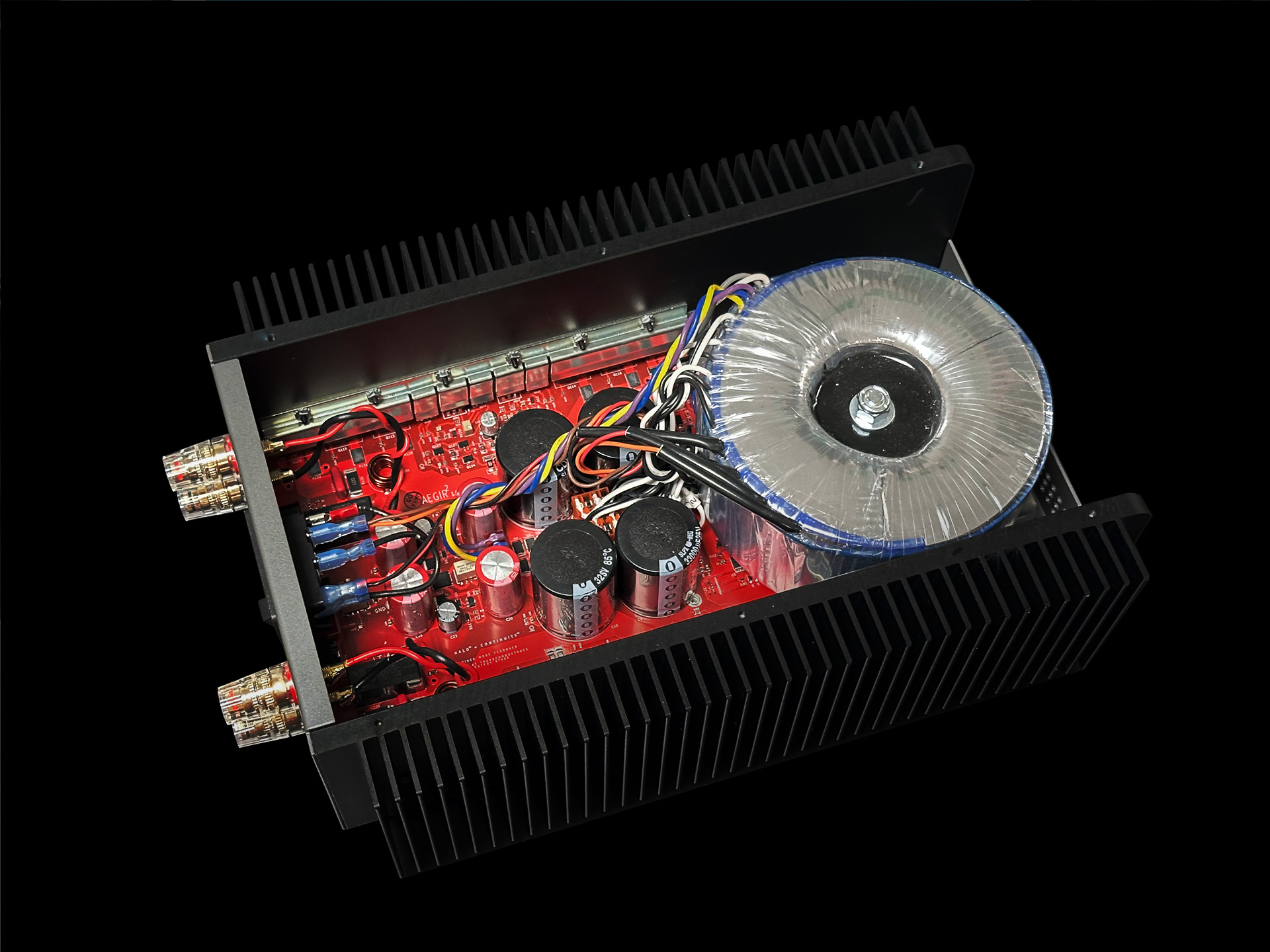Power Output:
Stereo, 8 Ohms: 30W RMS per channel
Stereo, 4 Ohms: 50W RMS per channel
Mono, 8 ohms: 100W RMS
Frequency Response: 20Hz-20Khz, -0.1db, 3Hz-550KHz, -3dB
THD: <0.005%, 20Hz-20KHz, at 20W RMS into 8 ohms
IMD: <0.005%, CCIR, at 20W RMS into 8 ohms
SNR: >122db, A weighted, referenced to full output
Damping Factor: >10 into 8 ohms, 20-20kHz
Gain: 12 (22dB)
Input Sensitivity: AKA Rated Output (Vrms)/Rated Gain. Or, 15.5/12. You do the math.
Input Impedance: 22k ohms SE, 44k ohms balanced
Crosstalk: >95dB, 20-20kHz
Inputs: L/R RCA jacks for stereo input, single XLR for mono input
Topology: Fully complementary, all-BJT, current feedback, no coupling capacitors or DC servos with Halo™ mixed-mode motion feedback and Continuity™ constant transconductance output stage
Oversight: microprocessor-controlled monitoring and management of critical operational points, with standby mode and relay shut-down for overcurrent, thermal, DC, and other faults
Power Supply: 600VA transformer with dual mono main rails, plus boosted, discrete regulated supply to input, voltage gain and driver stages, plus separate, isolated and regulated rails for microprocessor management.
Power Consumption: 250W maximum
Size: 9” x 13” x 3.875”


.jpg)


